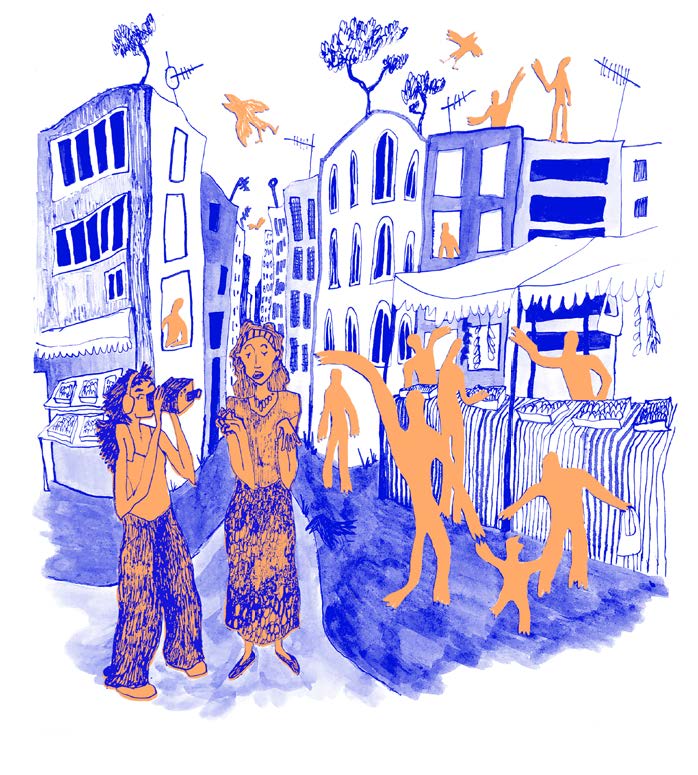No Place Like Here - building narratives through localities

No Place Like Here - building narratives through localities
Workshop Note:
'Placing Stories' is an online workshop organised by Earthbound and Urbz, and led by Rahul Srivastava. The workshop will centre around place-making as a conscious part of building film narratives, to enrich the imaginative storytelling process and help make a greater social impact.
Date: Feb 2nd 2024
Format: Online
Placing Stories
The Cinematic Production of Locality
How can the nature of locality be woven in film narratives, in a way in which “place” is considered not only as a physical subtext, but as a gaze through which the narrative enfolds? With the thematic focus on stories of climate change and the environment, this workshop aims to develop a dialogue between place-based practitioners and filmmakers.
The workshop is led by Rahul Srivastava, anthropologist and co-founder of Urbz and screenwriter. He brings his background in anthropology and visual ethnography to urbanology, the practice that energises much of Urbz's work.
Urbz is an action and research collective specialised in participatory urban planning and design, governance and architecture. Urbz believes that residents are experts of their neighbourhoods. It has offices in Mumbai, Geneva, and Bogota with a media-focused office in Paris.
Through this workshop, Rahul is interested in translating his experience and knowledge of place-making to storytelling, in order to create stronger narratives with greater social impact.
